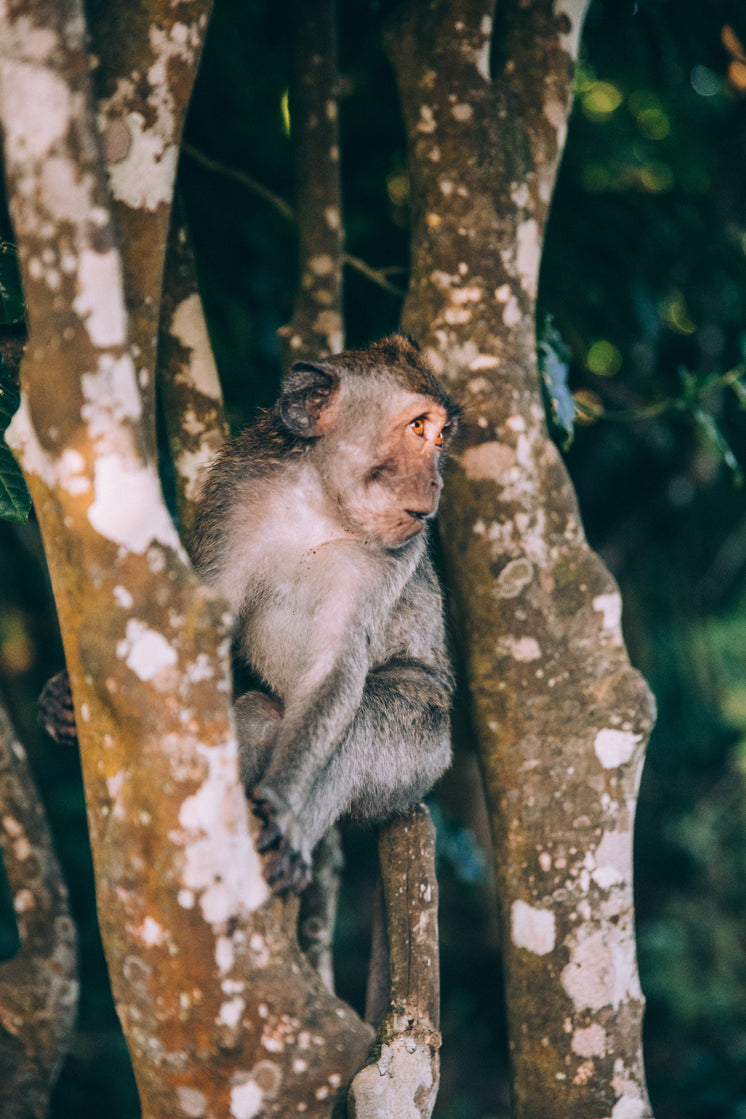The Tried and True Method for Personalised Gifts In Step by Step Detai…
페이지 정보
작성자 Reed 댓글 0건 조회 7회 작성일 24-07-04 11:57본문
2. Water: Tropical houseplants generally like to be kept evenly moist but not waterlogged. Water your plants when the top inch of soil feels dry to the touch. Make sure to use room temperature water and avoid letting your plants sit in water, as this can lead to root rot.
Furthermore, tropical houseplants can help to create a more comfortable indoor environment by increasing humidity levels. Many tropical plants release moisture into the air through a process called transpiration, which can help to prevent dry skin, sore throats, Personalised Gifts and other symptoms of low humidity.
The Tudor era is often regarded as the starting point for formal garden design in Britain. Influenced by Italian Renaissance gardens, Tudor gardens were characterized by their symmetrical layouts, geometric patterns, and elaborate topiary. These gardens were often seen as extensions of the grand estates on which they were located, serving as status symbols for their wealthy owners.
Garden design has been an integral part of human culture for centuries, reflecting the values, aesthetics, and aspirations of different societies. The history of garden design is a fascinating journey through time, showcasing the evolution of styles, techniques, and trends. From the formal gardens of ancient civilizations to the picturesque landscapes of the Romantic era, the art of garden design has continually evolved to suit the needs and tastes of each era.
When it comes to choosing the right houseplants for your home, there are a few factors to consider. Firstly, think about the amount of natural light available in each room, as this will determine which plants will thrive in your space. Some plants, such as spider plants and peace lilies, prefer bright, indirect light, while others, like snake plants and ZZ plants, can tolerate lower light conditions. It's also important to consider the humidity levels in your home, as some plants, such as ferns and orchids, thrive in more humid environments.
In conclusion, houseplants are a simple yet effective way to enhance our homes and improve our well-being. From their air-purifying and mood-boosting benefits to their aesthetic appeal and ability to connect us to nature, houseplants offer a multitude of advantages that make them a valuable addition to any indoor space. By choosing the right plants for your home, providing them with the right care and attention, and creating a green oasis that reflects your personal style, you can enjoy the many benefits that houseplants bring to your life. So why not bring a touch of nature indoors and transform your home into a green paradise with the power of houseplants?
3. Humidity: Tropical houseplants thrive in a humid environment. To increase humidity levels around your plants, you can mist them regularly, place a humidifier nearby, or group them together to create a microclimate.
If you have a bright, sunny spot in your home, you may want to consider plants that require high light levels, such as the Fiddle Leaf Fig or the Ponytail Palm. On the other hand, if you have a low-light room, you can opt for plants that can tolerate shade, such as the Cast Iron Plant or the ZZ Plant.
3. Humidity: If your home is on the dry side, consider placing a humidifier near your plants or grouping them together to create a more humid environment. You can also mist your plants with water regularly to increase the humidity levels around them.
Another key factor to consider when choosing houseplants is the amount of care and maintenance they require. If you have a busy schedule or are new to plant care, opt for low-maintenance plants that require minimal watering and attention, such as pothos, succulents and cacti. On the other hand, if you enjoy tending to your plants and have the time to dedicate to their care, you may prefer more high-maintenance plants that require regular watering, pruning and fertilising, such as orchids, fiddle-leaf figs and peace lilies.
In recent years, houseplants have seen a surge in popularity among homeowners in the UK. From Instagram influencers to interior design magazines, it seems like everyone is jumping on the houseplant bandwagon. And it's no wonder why - not only do houseplants add a touch of nature and beauty to our indoor spaces, but they also offer a range of health benefits. In this article, we will explore the world of houseplants in the UK, from choosing the right plants for your home to caring for them properly.
In the 20th century, garden design continued to evolve with the emergence of modernist and postmodernist movements, influenced by changing social, cultural, and environmental factors. Modernist gardens, such as those designed by Gertrude Jekyll and Lawrence Johnston, sought to blend art, architecture, and nature in a harmonious fusion of form and function. Postmodernist gardens, such as those created by Charles Jencks and Martha Schwartz, embraced irony, playfulness, and eclecticism in a bold departure from tradition.
 It's also important to consider the size of the plant and how much space you have available. Some tropical houseplants can grow very large over time, so make sure to choose a plant that will fit comfortably in your home.
It's also important to consider the size of the plant and how much space you have available. Some tropical houseplants can grow very large over time, so make sure to choose a plant that will fit comfortably in your home.
댓글목록
등록된 댓글이 없습니다.